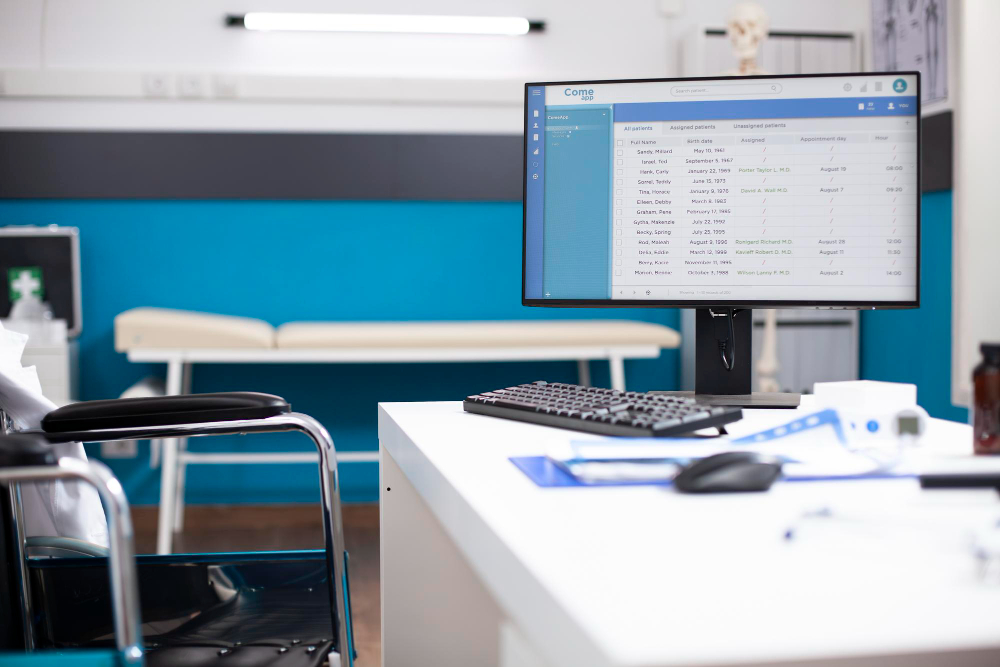Ransomware is a growing threat to healthcare. In 2025, African hospitals saw a 62% jump in attacks, and Nigeria is no exception. Many clinics are shifting to electronic records, often without robust security measures. ClarenSec warns that “a single ransomware attack can lock you out of your hospital systems”, freezing medical and administrative operations. When care systems are encrypted, “trust is lost, patient care is disrupted” - consequences that can be deadly. This is why every hospital needs a practiced ransomware response plan, to limit downtime and protect patients' wellbeing.
Ransomware Disruptions in Healthcare
Ransomware can rapidly paralyze hospital services. For example, the Qilin ransomware gang's attack on a London health lab recently canceled thousands of surgeries and cut blood testing to ~10% of normal levels. In South Africa, hackers “blocked communications between the laboratories” of the National Health Lab Service, deleted backups, and delayed testing nationwide. In Nigeria's under-resourced facilities, similar attacks could prove catastrophic. Experts note that outages like these “delay treatments and procedures, and potentially risk patient lives”, and any breach will “erode patient trust”. ClarenSec emphasizes that just one infected system “can lock you out of your hospital systems”, meaning no access to patient records or medical devices, and warns that under such conditions, “patient care is disrupted” until systems are restored.
Step-by-Step Recovery Playbook
- Isolate infected systems immediately
- Activate incident response plan and notify internal leads
- Communicate clearly to staff and manage patient care continuity
- Restore data from clean backups
- Assess technical damage and identify how the breach occurred
- Contact security partners like Clarensec for forensics and recovery support
- Update security tools and train staff post-incident
Recovering from an attack calls for calm leadership and coordinated effort. After the immediate threat is contained, team leaders should verify that systems are clean and restored in order of critical need (labs and life-support first). A solid incident response plan can make this process much smoother; as one guide notes, a well-defined plan “ensures that patient data is secured and services remain uninterrupted”. Clarensec's experts can help hospitals prepare and recover faster. They “simulate real world cyber attacks on your healthcare systems” to identify weak spots, and they help build recovery workflows so organizations can bounce back “with speed and confidence”. They also conduct system reviews to create “resilient, secure systems from the ground up”. By updating software, tightening configurations, and training staff after an incident, health leaders can turn a breach into an opportunity to improve. With steady leadership, clear communication, and partners like Clarensec, Nigerian hospitals can emerge stronger and better defended against future cyber threats.



